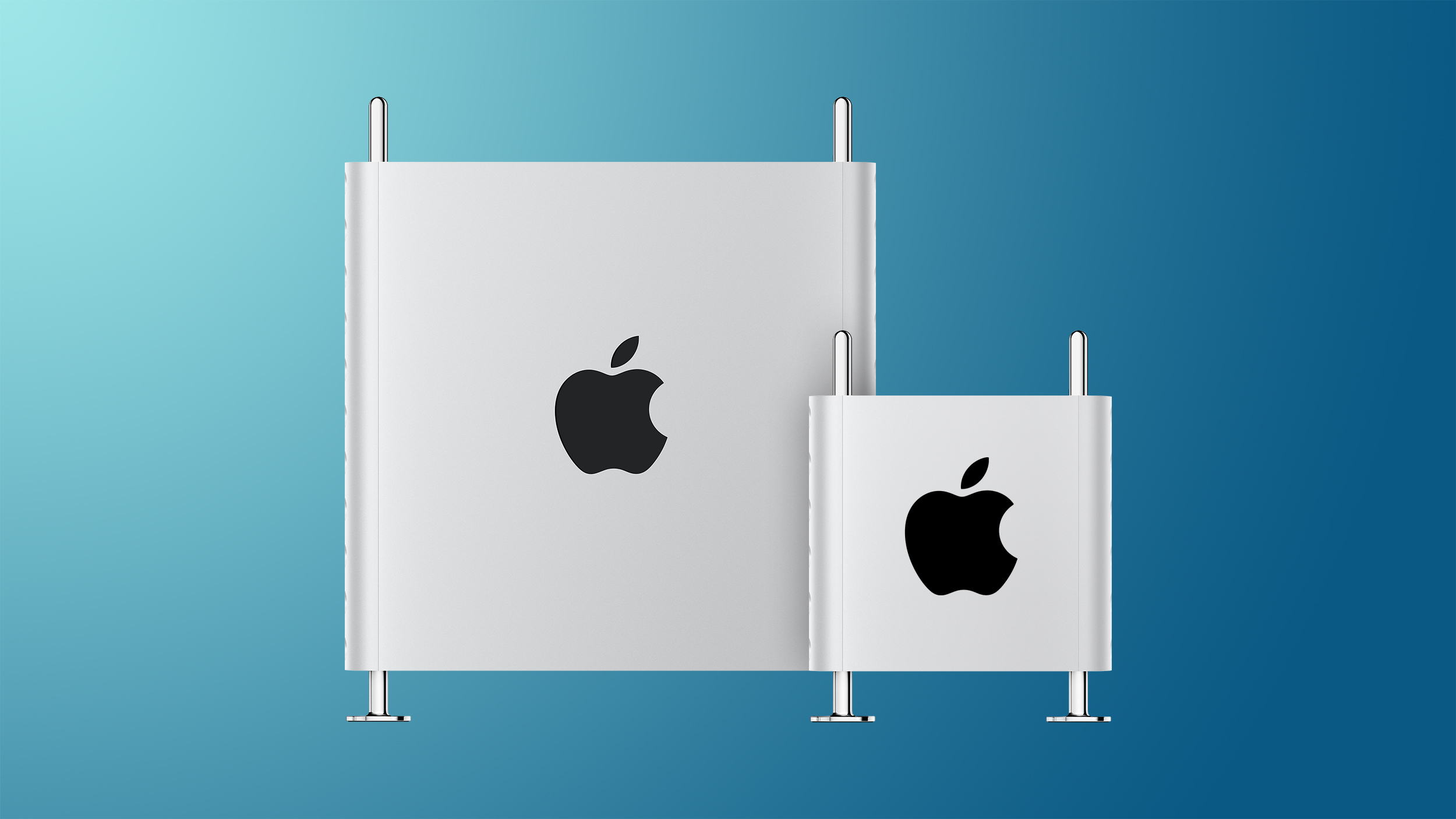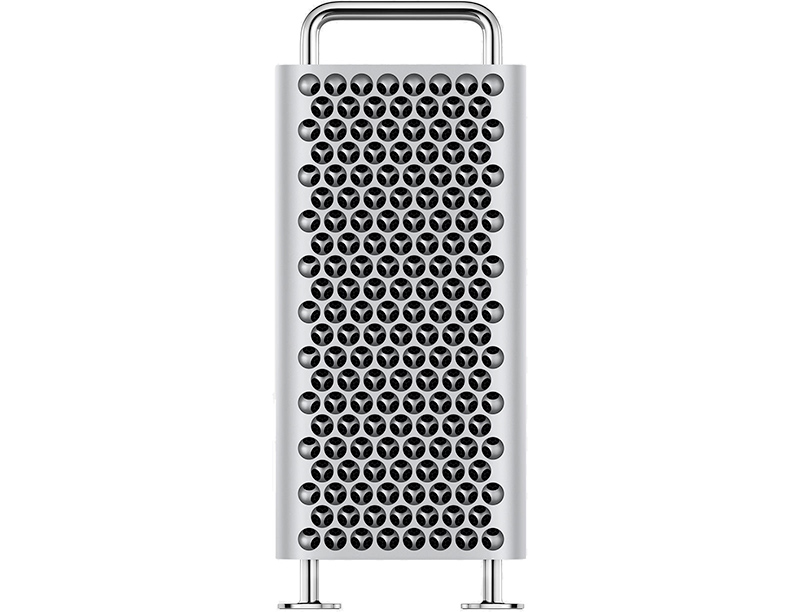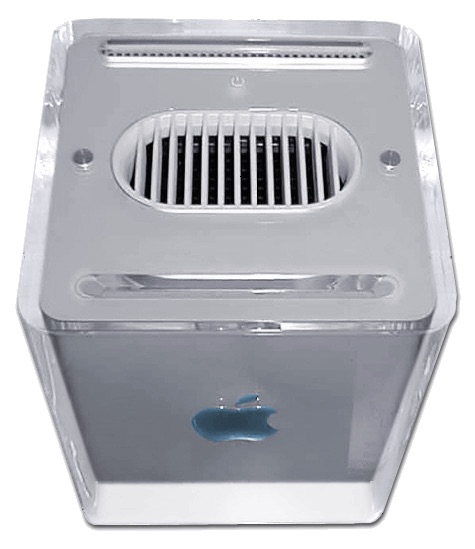Not easily make with the same motherboard. This rack model is just rotated 90 and a new container built for essentially all the same internal components.
The hard part would be getting another motherboard "green lit" as a project with relatively small volume. The XServe disappeared because Jobs said "Nobody was buying". That is probably not literal, but on the weekly dashboard of Mac sales the Apple execs do if the pie chart slice so small you can't see it ... that amounts to "nobody". Apple isn't run like Dell/HP/Lenovo.
The Mac Pro 2009-2012 was "rack hostile" with the handles getting in the way of rotating and inserting into a standard width rack. This 2019 "rack option" is mostly just an option of a better optimized container for the horizontal position. Other than that it isn't trying to be a different product. There is a use-case where folks put Mac Pros into equipment bays , utility carts , etc. The racking here is just to enable that. (same target group that wants several cards , but mounted horizontal. Mostly this is not super hard core data center temple folks. More ruggedized Macs than trying to fit in next to the Mainframe. Similar for the sky high priced wheels for the tower version. Folks rolling it from place to place. )
Similarly, the Mac Pro 2009-2012 had a CPU tray not so much because Apple worships at the alter of ultra-modularity , but so that they could do a single socket and dual socket versions with one shared logic board and chassis. Apple didn't want to build multiples. Apple isn't out to build everything for everybody with dozens of Mac products to choose from.
macOS isn't trying to be a scale out pizza box operating system. So not sure who these 1U models would really be gear too. Likely some of the first complaints will be that it doesn't have dual , hot swappable power supplies. Can't native boot VMware VSphere/ESXi ... etc. etc.
As far as microserver density ....
https://www.macstadium.com/virtualization
23 Mini per shelf. 10 shelves ... 230 Macs per rack side. Double sides that 460. 1U pizza boxes isn't going to beat that. Granted a bit abnormal tall.
[ standard 42U rack would if had double Max count SoC , that would be 84 and two side-by-side => 168. Still several hundred of that 460 mark. Even at 3 x 42 = 126 1Us. ]
If put a M1 Max in each of those , then that 460 Max's in a rack. That is probably enough for a sizable number of folks and workloads.
If the "half sized" Mac Pro shaved off half the box height, then they could fix two 5U on custom slider mount that took two side by side. In a 42U rack, they could get up to get in 16 systems instead of 8. If had need for a set of systems with dual socket 40GbE and a large inerternal SSD those would probably be "good enough" for a decent number of folks.
As a 1U that is out to displace generic Supermicro , Inspur , Dell , HP 1U boxes running some non-MacOS hypervisor on bare-metal , I highly doubt Apple is interested in that.
the size of the "Mac Pro" box is probably more going to be driven by which and how many PCI-e cards they want to throw out the "supported" window. If it is 'all of them' then the that 3-stack-mini would be about the right size.
If throwing out true full length and aux powered cards then can shrink each dimension of the current MP 2019 case.
If they are trying to hold onto the full height , full length cards ( e.g. a large multiple M.2 SSD holder RAID card. ) that will be at least as large ( or bigger ) constraint that the cooling issue. Although 4 x 85W => 340W would not be a "laptop like" thermal problem.
Is there a gap between a Mac Pro and Mini for servers? Yes. Is it big enough for Apple to do yet another product? Probably not. Apple is not going to be poor house if they skip that product.










